The Ultimate Guide to the HGLRC Petrel 75 Whoop V2 FPV Drone

Introduction
Regarding FPV (First Person View) drone flying, enthusiasts are constantly looking for the perfect combination of performance, durability, and ease of use. The HGLRC Petrel 75 Whoop V2 is a top choice for beginners and seasoned pilots. This tiny whoop quadcopter is designed to offer an unparalleled indoor flying experience while maintaining the agility and power required for more advanced maneuvers. In this guide, we will explore every aspect of the HGLRC Petrel 75 Whoop V2, from its technical specifications to its performance capabilities, ensuring you have all the information needed to make an informed decision.
Why Choose the HGLRC Petrel 75 Whoop V2?
1. Compact Design and Durability
The HGLRC Petrel 75 Whoop V2 features a compact frame that measures just 75mm in size. This makes it ideal for indoor flying, where space is limited and obstacles are plenty. The frame is constructed from high-quality carbon fiber, providing a lightweight yet extremely durable structure that can withstand crashes and impacts. This durability is essential for beginners who are still mastering the controls, as well as for experienced pilots pushing the limits of their flying skills.
2. Powerful Brushless Motors
Equipped with brushless motors, the Petrel 75 Whoop V2 offers a significant upgrade over traditional brushed motor whoops. The brushless motors provide more power and efficiency, resulting in longer flight times and enhanced performance. These motors are capable of delivering rapid acceleration and high speeds, allowing for quick maneuvers and agile flight patterns. Moreover, the brushless design reduces maintenance requirements, as there are no brushes to wear out over time.
3. Advanced Flight Controller
At the heart of the HGLRC Petrel 75 Whoop V2 is a state-of-the-art flight controller. This flight controller is equipped with an integrated Betaflight OSD (On-Screen Display) and supports Betaflight firmware, which is widely regarded as one of the best flight control systems available. The Betaflight OSD allows pilots to customize their flight parameters and monitor critical information, such as battery voltage, flight time, and signal strength, directly on their FPV goggles. This level of customization and feedback is crucial for optimizing flight performance and ensuring a safe flying experience.
HGLRC Petrel 75Whoop V2 is a four-axis 1S brushless motor indoor FPV beginning drone, suitable for indoor or outdoor light flying,
New SPECTER 10A 5-in-1 integrated flight control which integrated 4-way ESC、flight control、image transmission and ELRS receiver
With RunCam nano4 lens, the picture is clear and sharp:
Onboard 400mw analog video transmission, up to 48CH, stable and efficient;
The drone is equipped with a new 0802 KV21000 brushless motor as standard, with strong power, and it is equipped with Gemfan 1610 two-blade propeller for silky flight;
Lightweight, It is about 30g, single battery lasts about 5 minutes;
In-line motor, more convenient without welding;
Onboard SPl ELRS3.0 receiver (optional), built-in antenna, external tbs receiver, customized miniature T-shaped antenna, reducing weight;
Recommended use: 1S: 450mAh-550mAh high-voltage battery, the drone battery plug is A30 plug
Note: SPI receiver does not support D (D250, D500), F (F500, F1000), Full Res (100Hz Full Res, 333Hz Full Res), if you use ELRS TX modul, if you can’t get the frequency up, please set the Tx modul PacketRate option to 50HZ-500HZ, and you cannot set the mode starting with D/F
Drone parameters:
Frame: Petrel 75Whoop V2 frame
Flight controller: SPECTER 10A AIO MCU: STM32F411 GYRO: BMI270
Built-in receiver: SPI ExpressLRS2.4G
Built-in image transmission:0-RCE-25-100-400mW (adjustable)
Onboard ESC: continuous current: 10A peak current: 13A (10s)
ESC protocol: Dshot600, Oneshot, Multishot;
ESC firmware: Z_H_30/(Bluejay)
Flight control firmware: HGLRCF411SX1280 V2
Flight control input voltage: 1S 3.7v-7.4v (Lipo)
Mounting hole: 25.5X25.5mm.M2
Motor: SPECTER 0802 21000kv motor
Propeller: Gemfan1610 two-blade propeller
ELRS version weight: 27±1g
TBS version weight: 29±1g
Shipping List
1x Petrel 75Whoop V2 drone
8x Gemfan1610 two-bladed propellers
1x (accessory pack)

Understanding the Causes of LiPo Battery Failure in FPV Drones
LiPo (Lithium Polymer) batteries are the lifeblood of FPV drones, powering everything from the motors to the electronics that enable your quadcopter to soar through the skies. While these batteries are essential for high-performance flying, they are also delicate and prone to failure or premature death if not handled correctly. In this article, we’ll explore the various causes of LiPo battery failure, helping you to extend the lifespan of your batteries and ensure consistent performance during your flights.
1. Overcharging and Overvoltage
One of the most common causes of LiPo battery failure is overcharging. Charging a LiPo battery beyond its maximum voltage—typically 4.2V per cell—can cause significant damage. Overcharging can lead to the swelling of the battery cells, increased internal resistance, and, in extreme cases, thermal runaway, which can result in fire or explosion.
- Prevention: Always use a quality balance charger with built-in safety features to prevent overcharging. Ensure that you never exceed the recommended charge voltage for your specific LiPo battery.
2. Overdischarging
Overdischarging occurs when a LiPo battery is drained below its safe minimum voltage, typically around 3.0V per cell. Discharging a battery too low can cause irreversible chemical changes within the cells, leading to a loss of capacity, increased internal resistance, and eventual failure.
- Prevention: Use a low-voltage alarm or set your drone’s flight controller to warn you when the voltage drops below a safe threshold. It’s also advisable to land your drone as soon as the voltage drops to around 3.5V per cell under load, giving you a buffer to avoid overdischarge.
3. Physical Damage
LiPo batteries are particularly vulnerable to physical damage, which can occur due to crashes, punctures, or rough handling. Any damage to the battery casing can lead to exposure of the internal cells, which may result in swelling, leakage, or short circuits.
- Prevention: Always inspect your batteries after a crash or rough landing. If you notice any dents, swelling, or other signs of damage, it’s best to safely dispose of the battery rather than risk using it. Protect your batteries with soft cases or padding during transport and in your drone.
4. High Current Draw
FPV drones, especially those built for racing or freestyle flying, often draw high currents from their batteries. While LiPo batteries are designed to handle high current loads, drawing excessive current for extended periods can cause overheating, swelling, and a decrease in battery lifespan.
- Prevention: Ensure that your battery’s C-rating (the measure of how much current the battery can safely deliver) matches the demands of your drone’s setup. Avoid pushing your batteries to their limits during every flight, and consider using batteries with a higher C-rating for demanding flying styles.
5. Improper Storage
Improper storage is a major factor in the premature aging of LiPo batteries. Storing LiPo batteries fully charged or fully discharged for extended periods can cause capacity loss and increase the risk of swelling.
- Prevention: Store your LiPo batteries at a storage voltage of around 3.7V to 3.85V per cell. Use a balance charger’s storage mode to set your batteries to the correct voltage before storing them in a cool, dry place. Avoid storing batteries in hot environments, such as inside a car or near direct sunlight.
6. Poor Charging Practices
Charging LiPo batteries improperly can lead to a range of issues, from reduced capacity to complete failure. Using incorrect settings on your charger, charging at too high or too low a current, or using a damaged charger can all contribute to battery failure.
- Prevention: Always double-check your charger settings before plugging in your batteries. Charge your batteries at a moderate rate (typically 1C, where C is the battery’s capacity) unless you’re confident that a faster charge won’t harm the battery. Regularly inspect your charger for wear and tear, and replace any damaged components.
7. Environmental Factors
Environmental conditions such as extreme temperatures, humidity, and exposure to water can also lead to LiPo battery failure. High temperatures can cause the battery cells to swell, while cold temperatures can reduce capacity and increase internal resistance. Exposure to moisture can lead to short circuits and corrosion.
- Prevention: Fly and store your batteries within their recommended temperature ranges. Keep them dry, and avoid flying in rainy or excessively humid conditions. If you suspect that a battery has been exposed to moisture, allow it to dry thoroughly before use, but be cautious as the internal damage may have already occurred.
8. Age and Usage Cycles
Even with the best care, LiPo batteries have a finite lifespan. Over time and through repeated charge/discharge cycles, the chemical composition of the cells degrades, leading to reduced capacity, increased internal resistance, and eventually, failure.
- Prevention: Monitor the performance of your batteries regularly. If you notice a significant drop in flight time or increased swelling, it may be time to retire the battery. Keeping a log of your battery usage can help you track the number of cycles and predict when a battery is nearing the end of its useful life.
Read More About Lipo Batteries by clicking the link below:
https://oscarliang.com/fpv-drone-guide/
Checkout our Frames Collection by clicking the link below:
https://thefpvproject.com/product-category/frames/
1S = 1 cell = 3.7V
2S = 2 cells = 7.4V
3S = 3 cells = 11.1V
4S = 4 cells = 14.8V
5S = 5 cells = 18.5V
6S = 6 cells = 22.2V
For example, we call a 14.8V battery a “4-cell” or “4S” battery.
LiPo battery is designed to operate within a safe voltage range, from 3V to 4.2V. Discharging below 3V could cause irreversible performance loss and even damage to the battery. Overcharging above 4.2V could be dangerous and eventually cause a fire.
However, it’s advisable to stop discharging when it reaches 3.5V for battery health reasons. For example for a 3S Lipo, the max voltage is 12.6V, and you should land when the voltage reaches 10.5V (at 3.5V per cell).

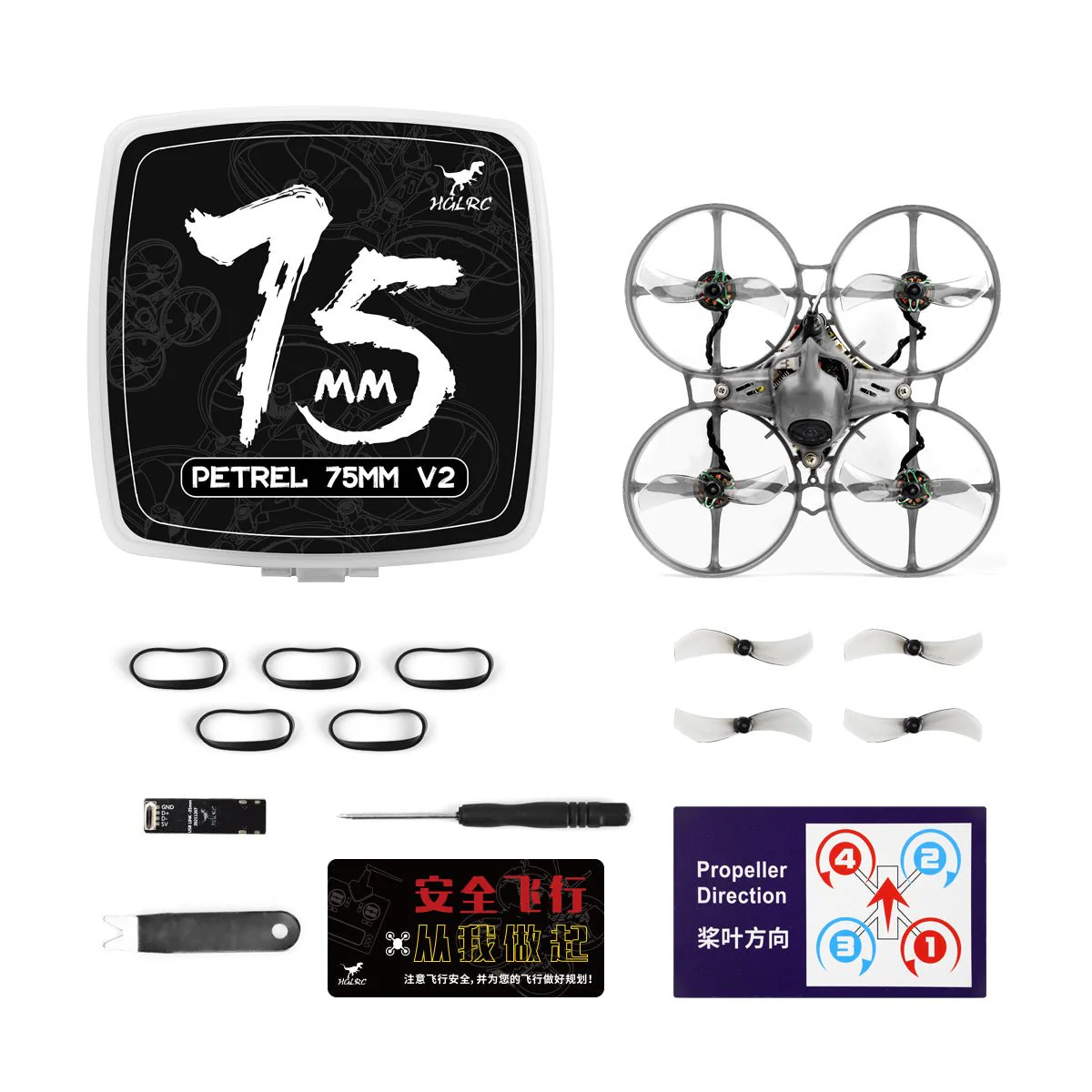
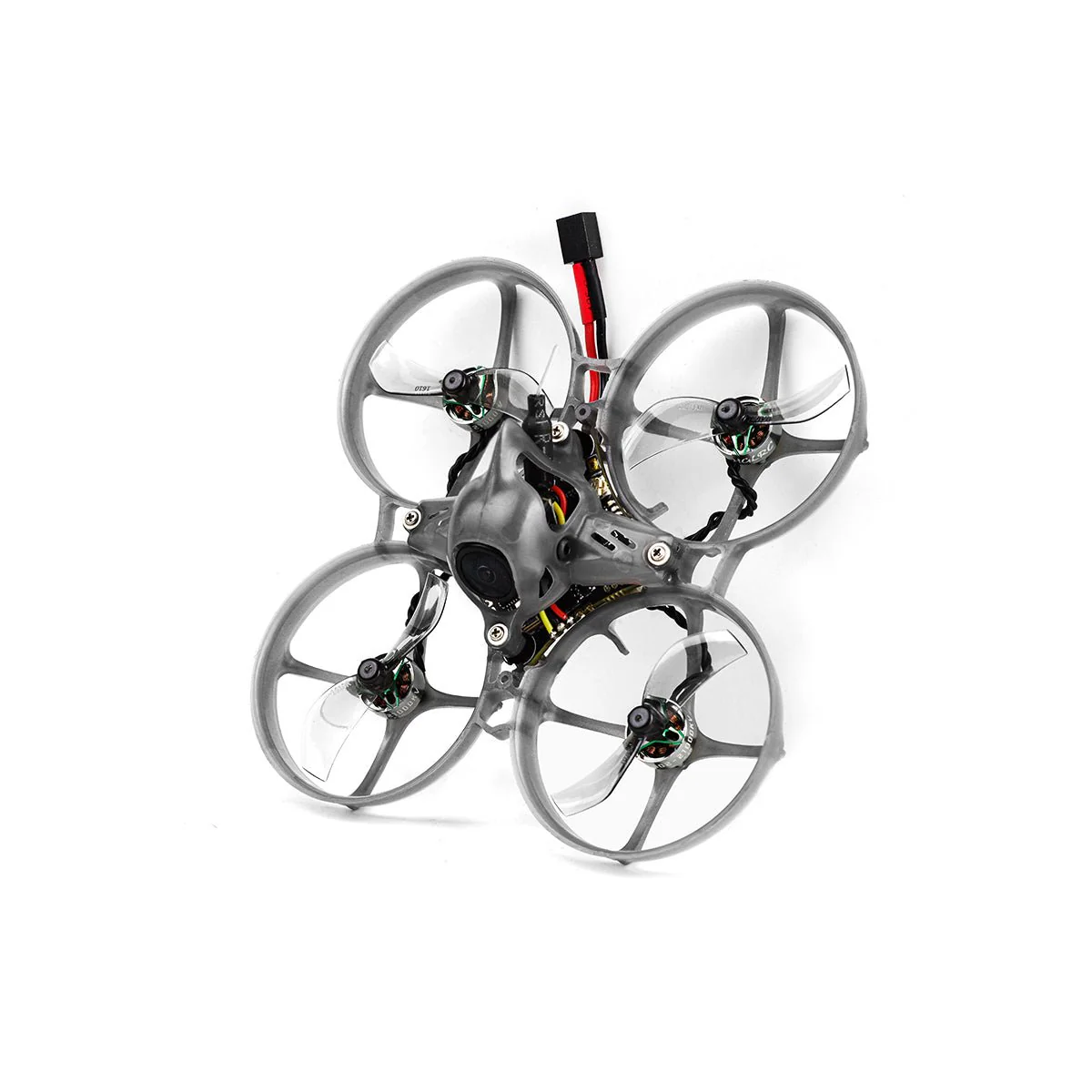
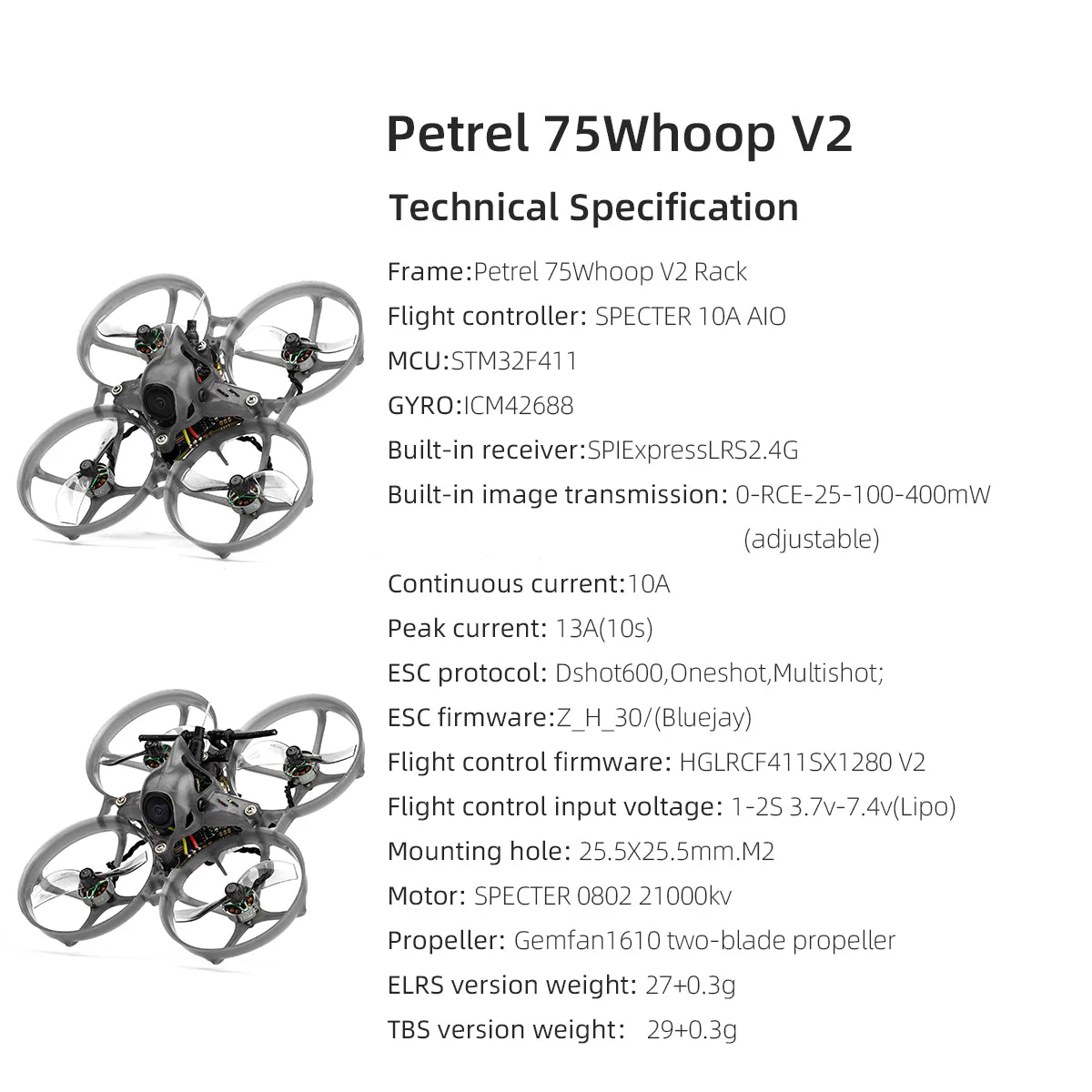
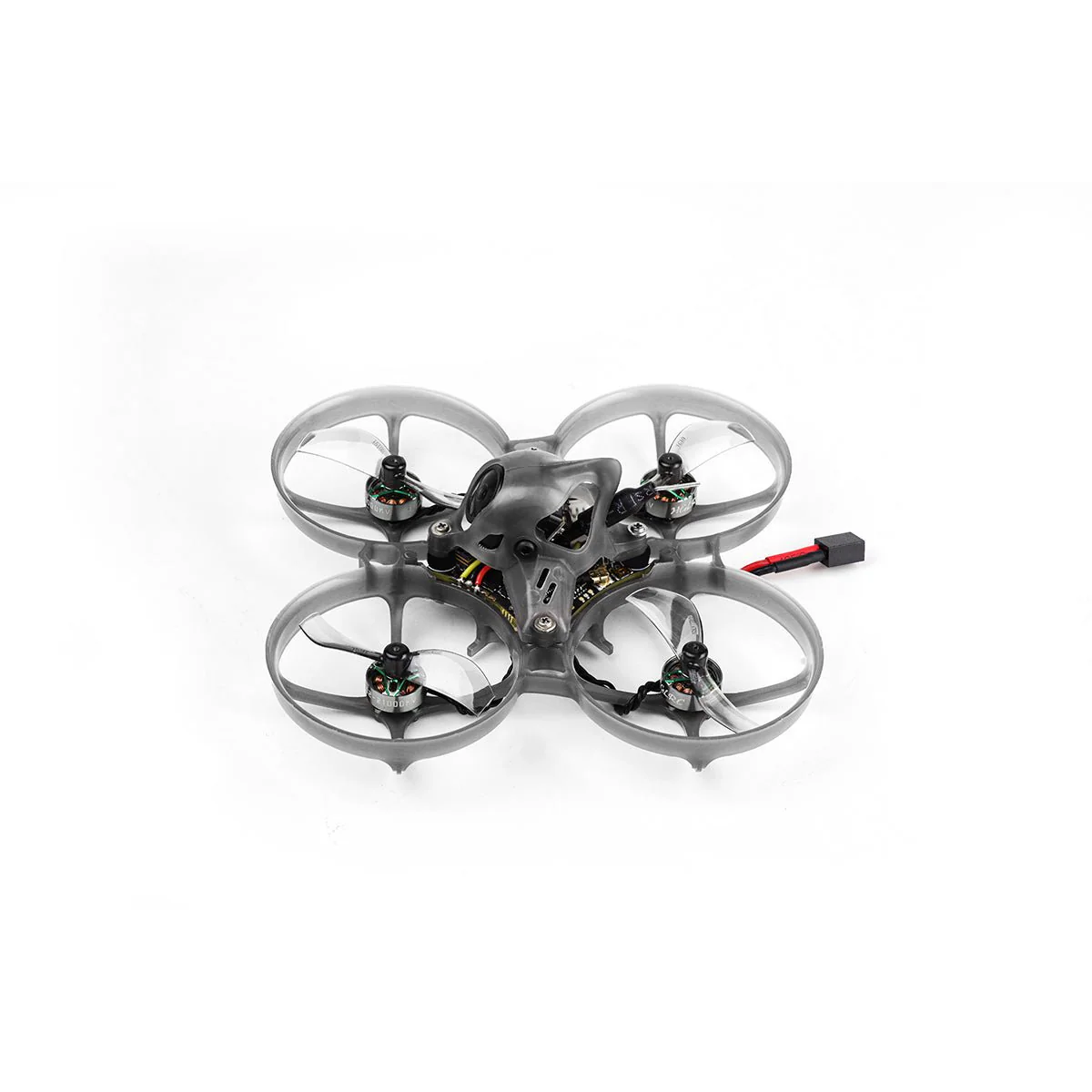
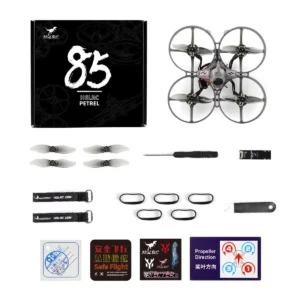
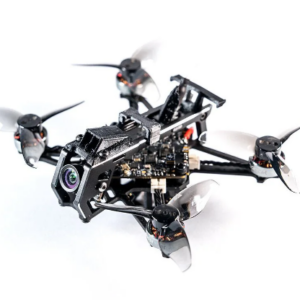

Reviews
There are no reviews yet.